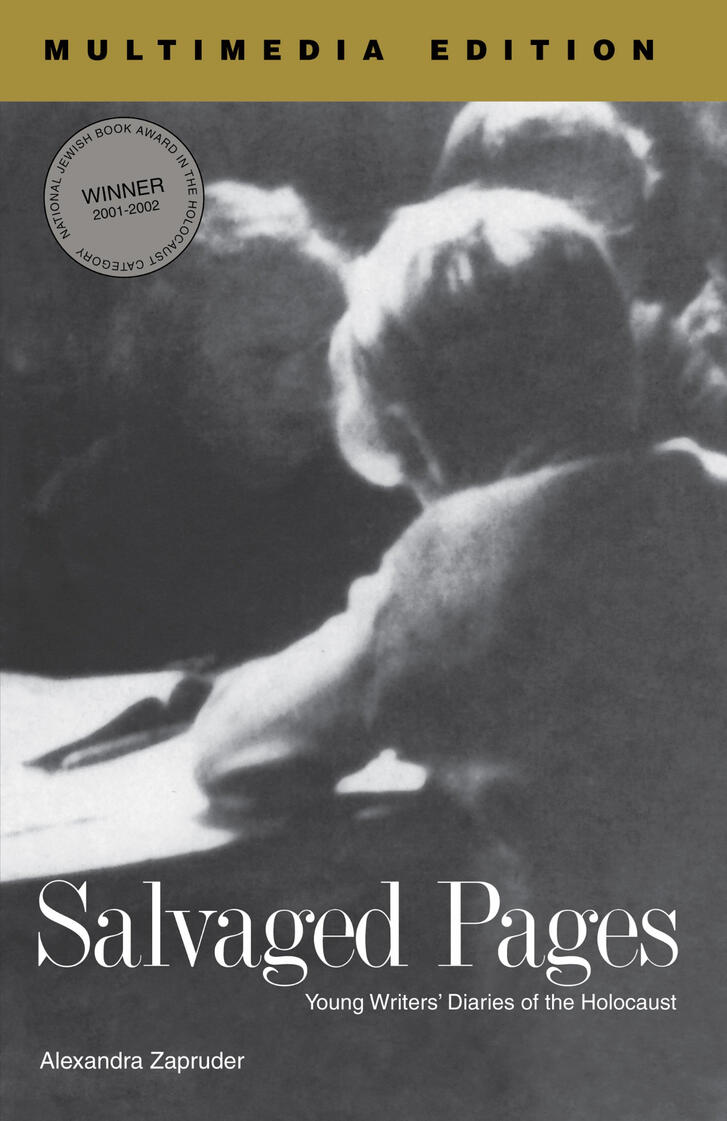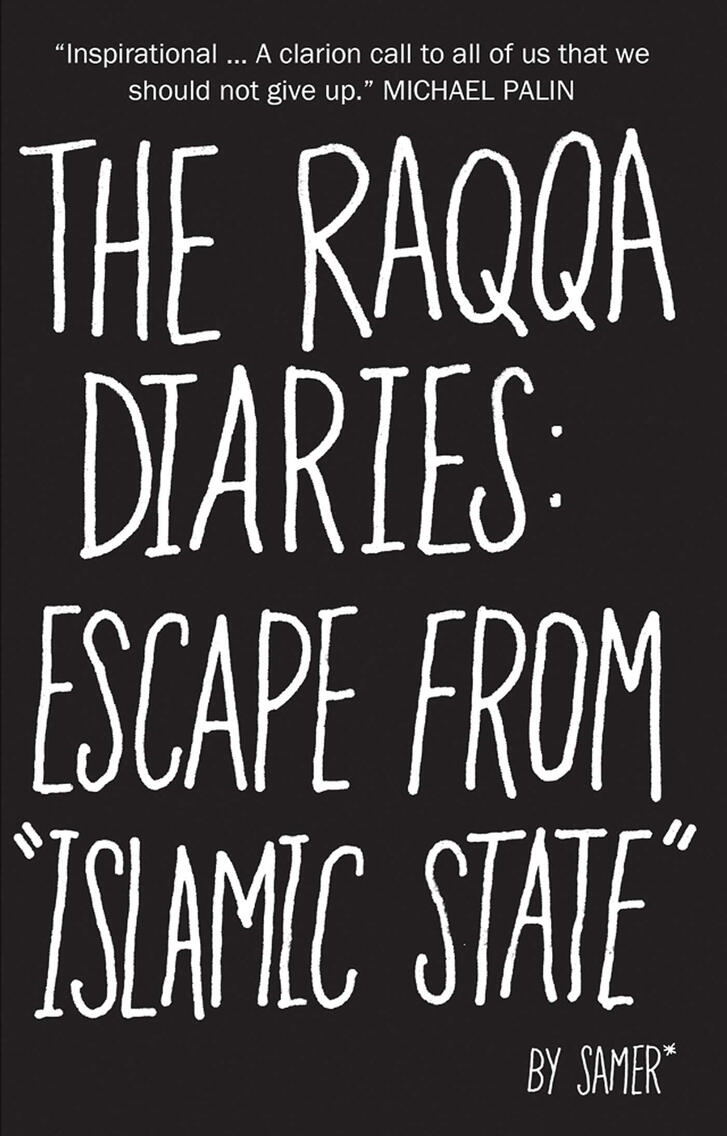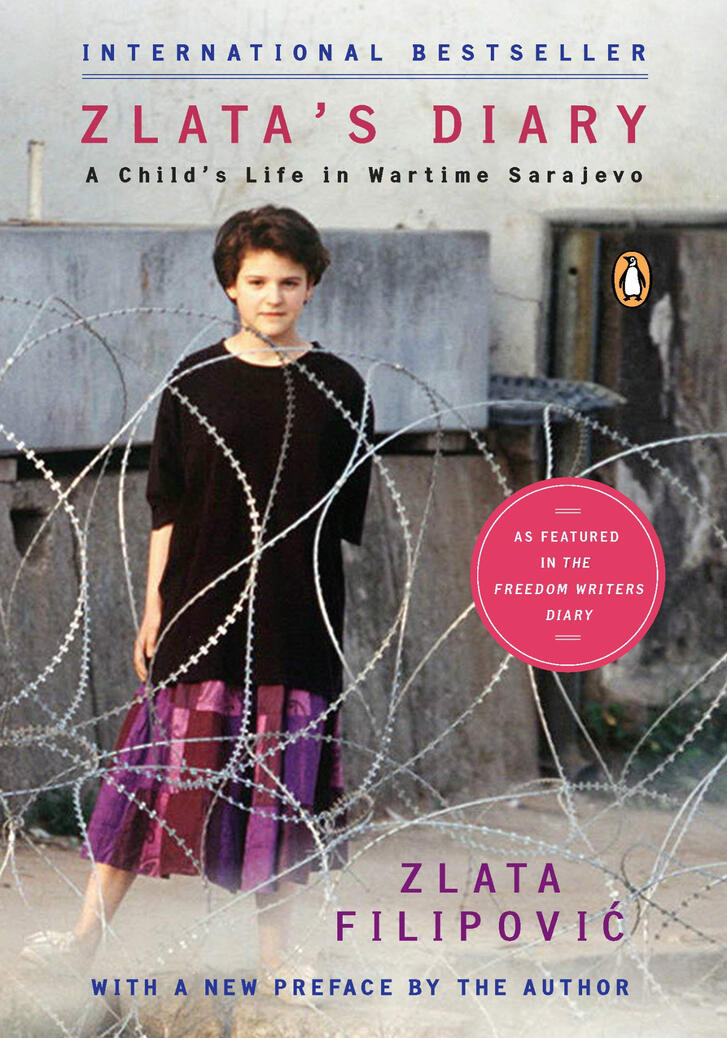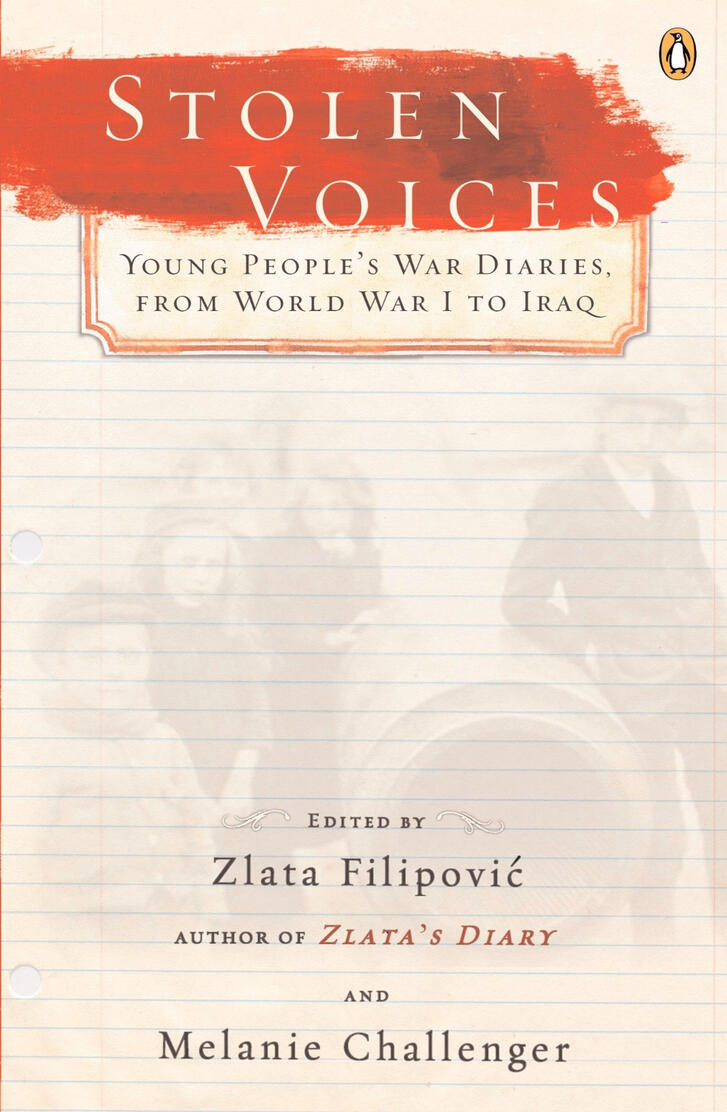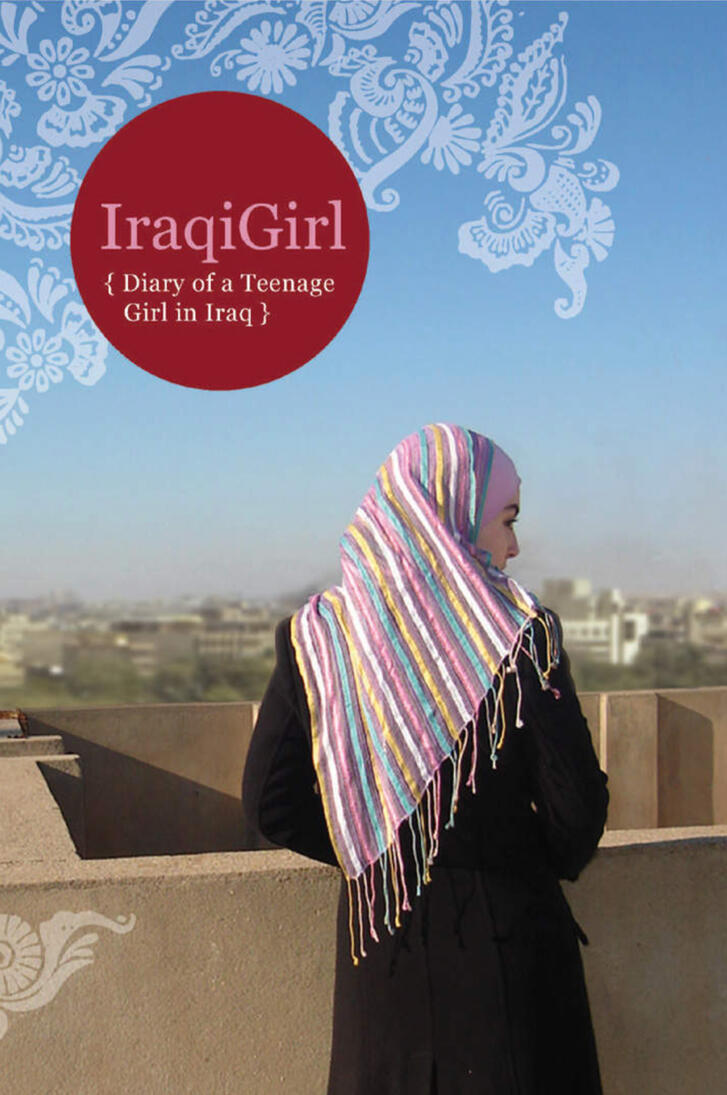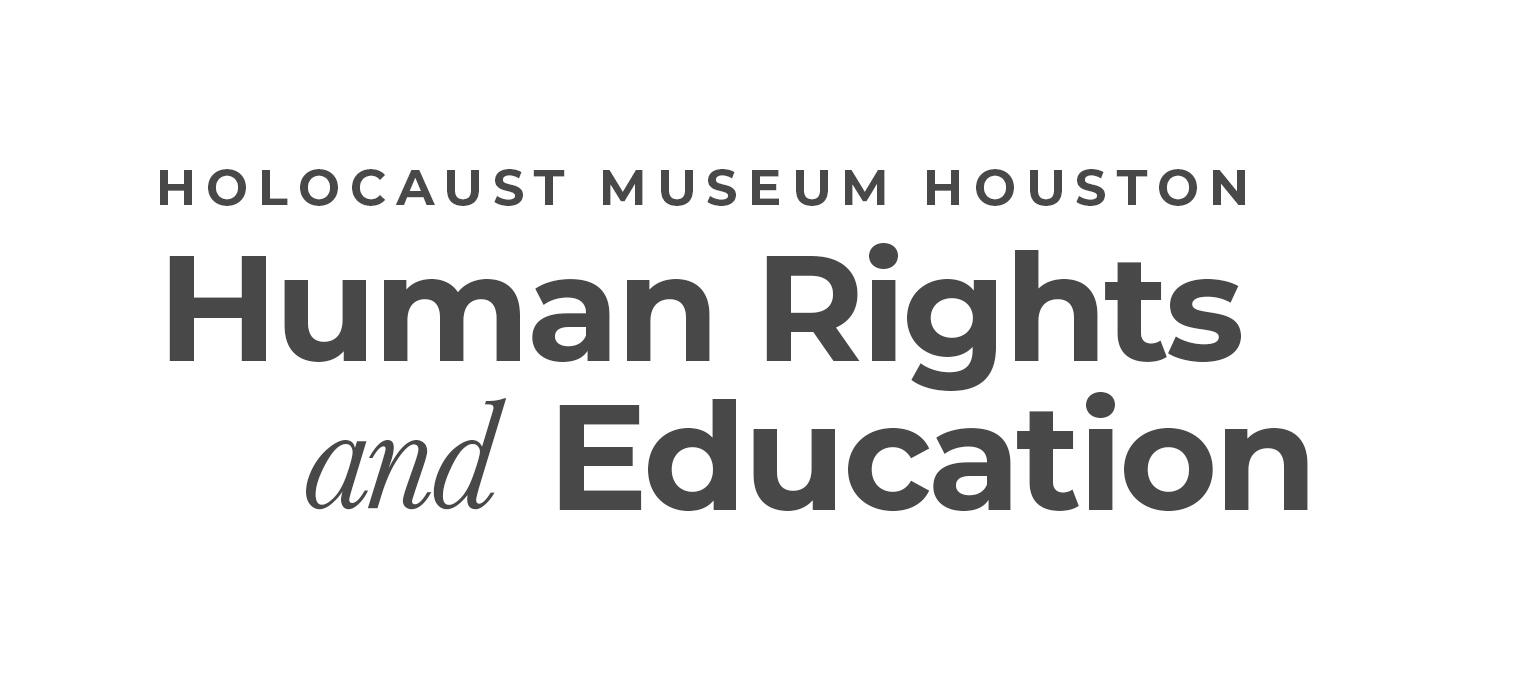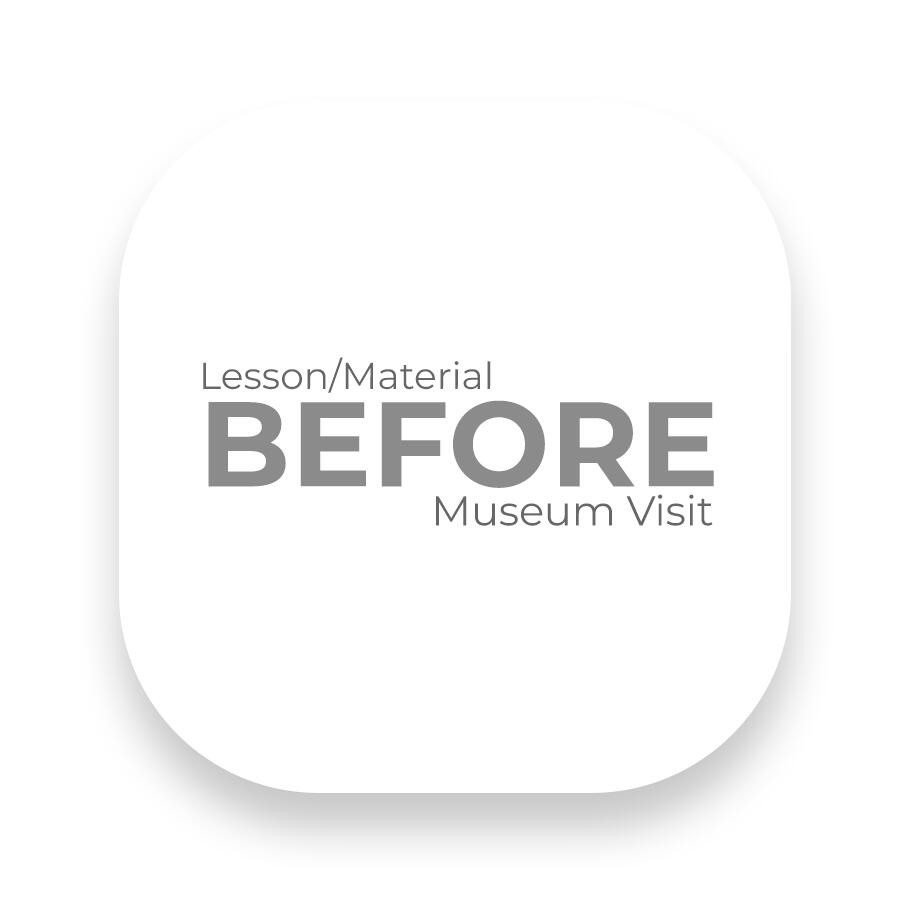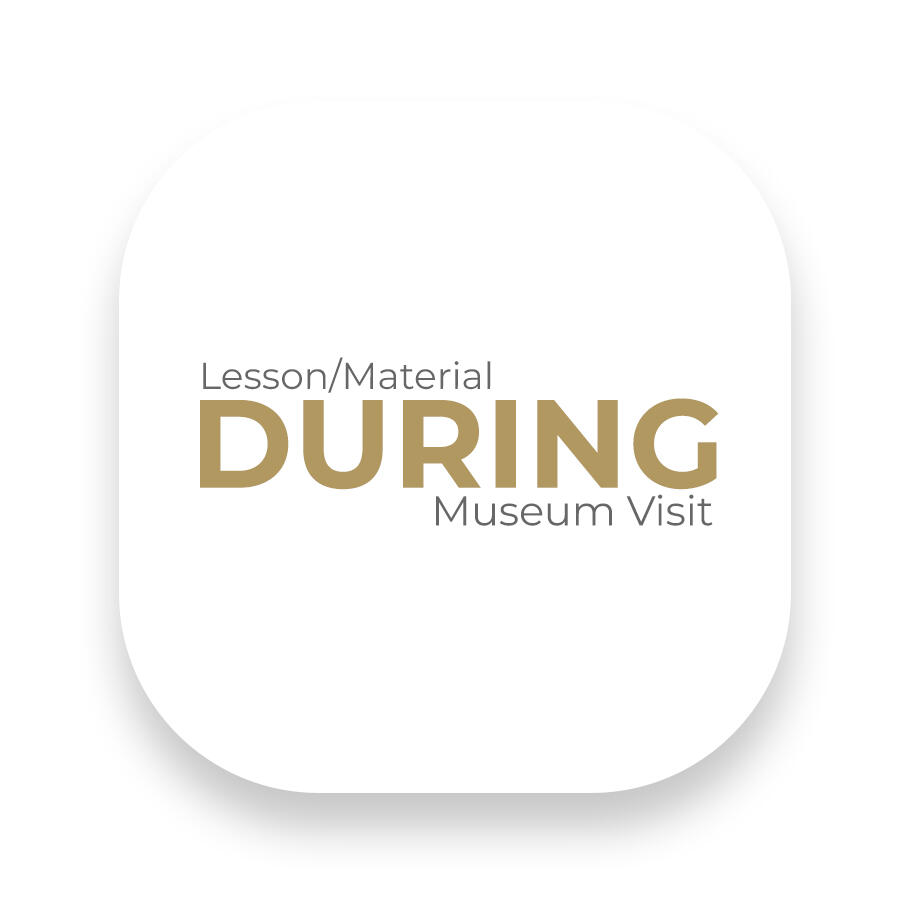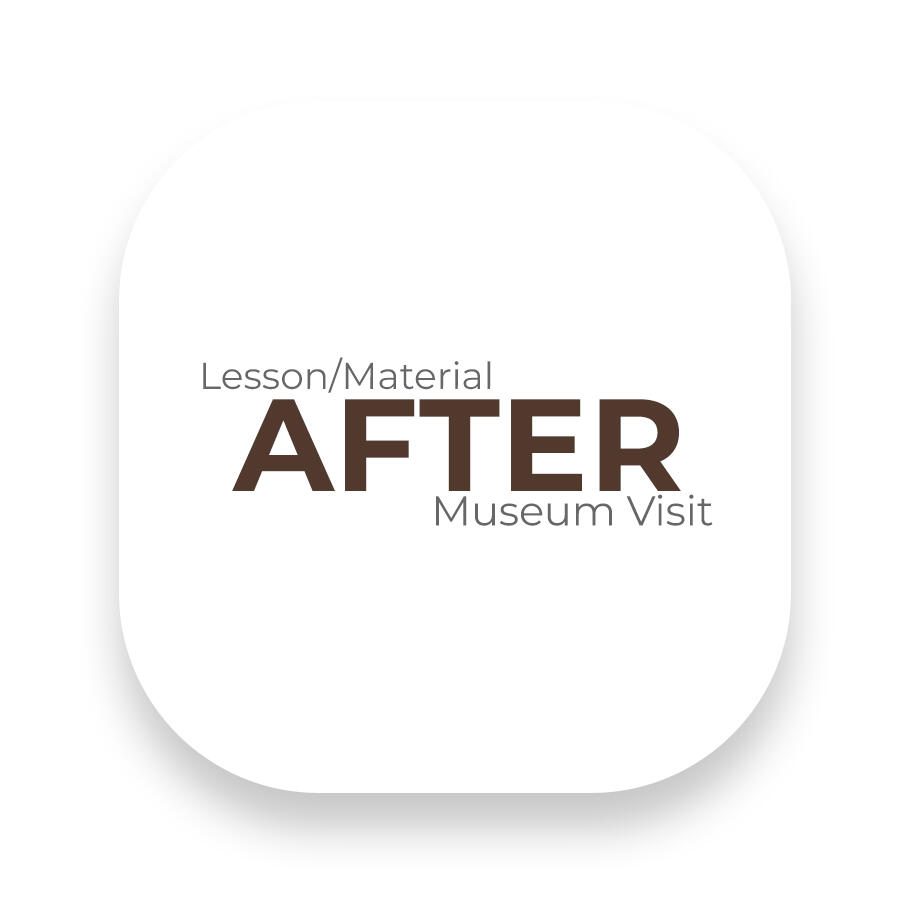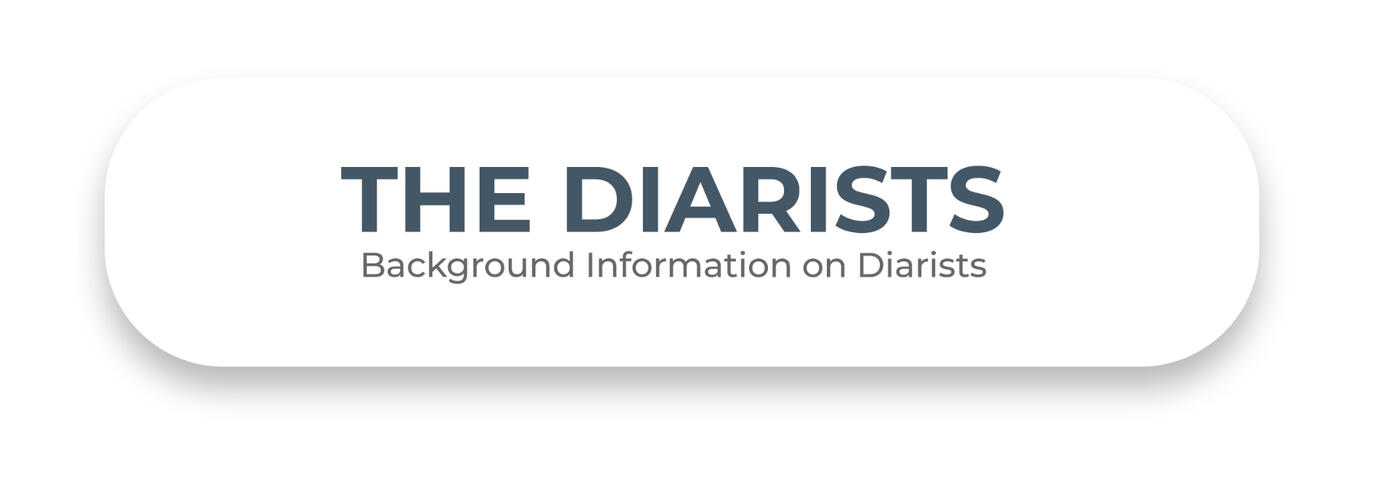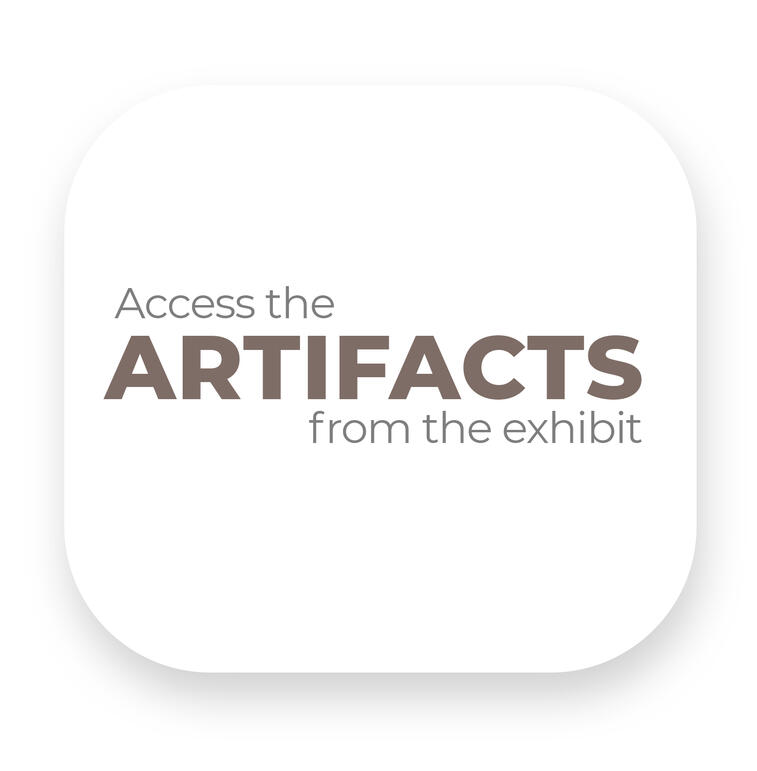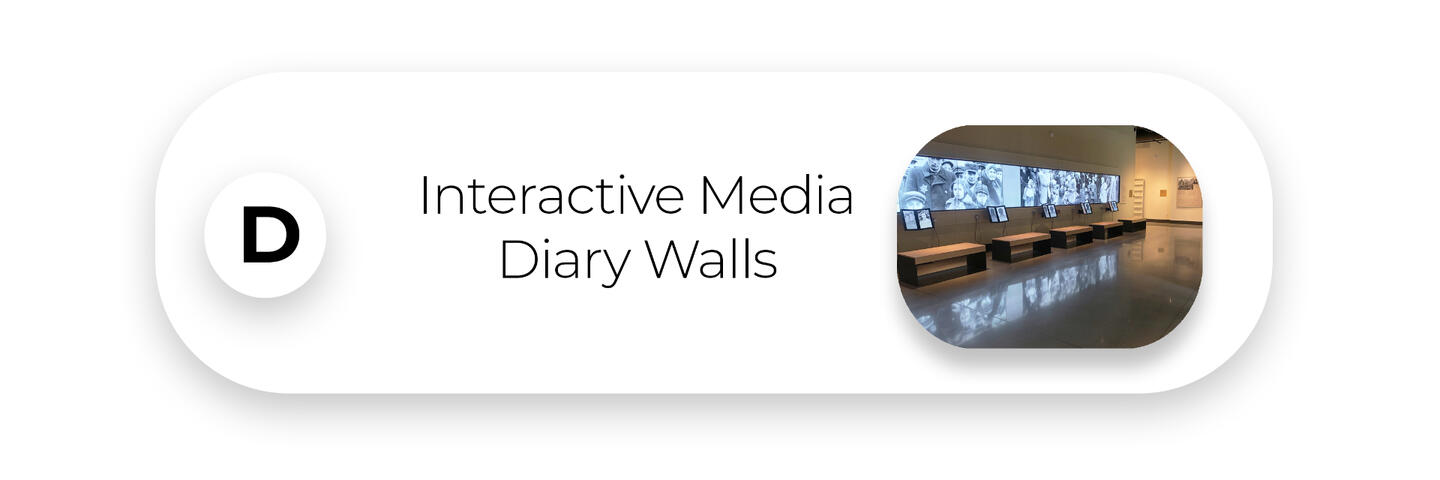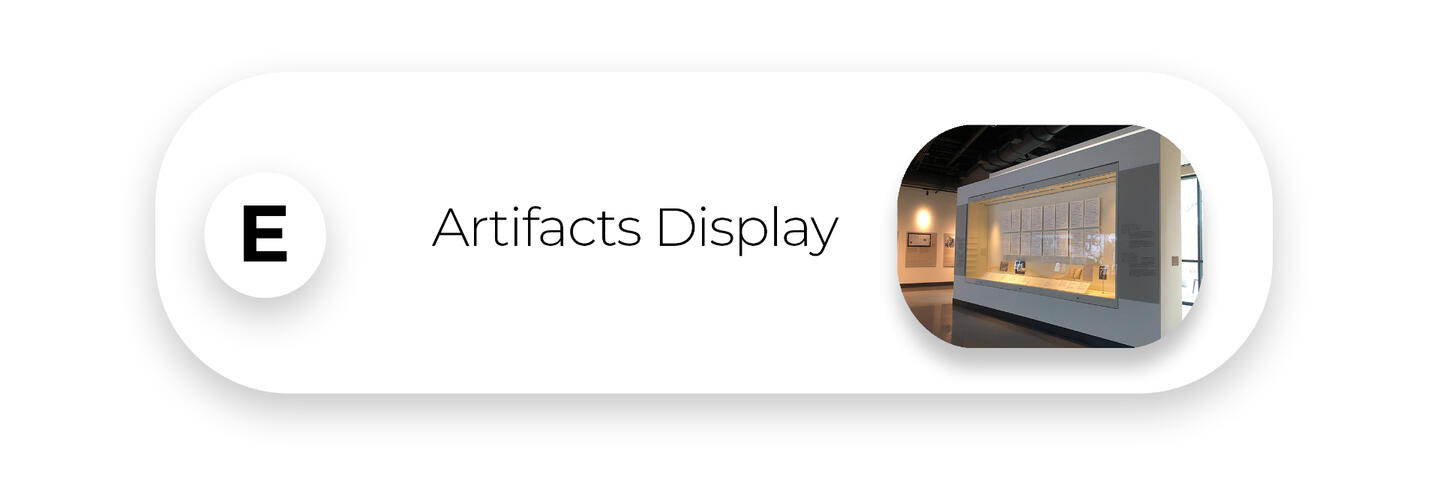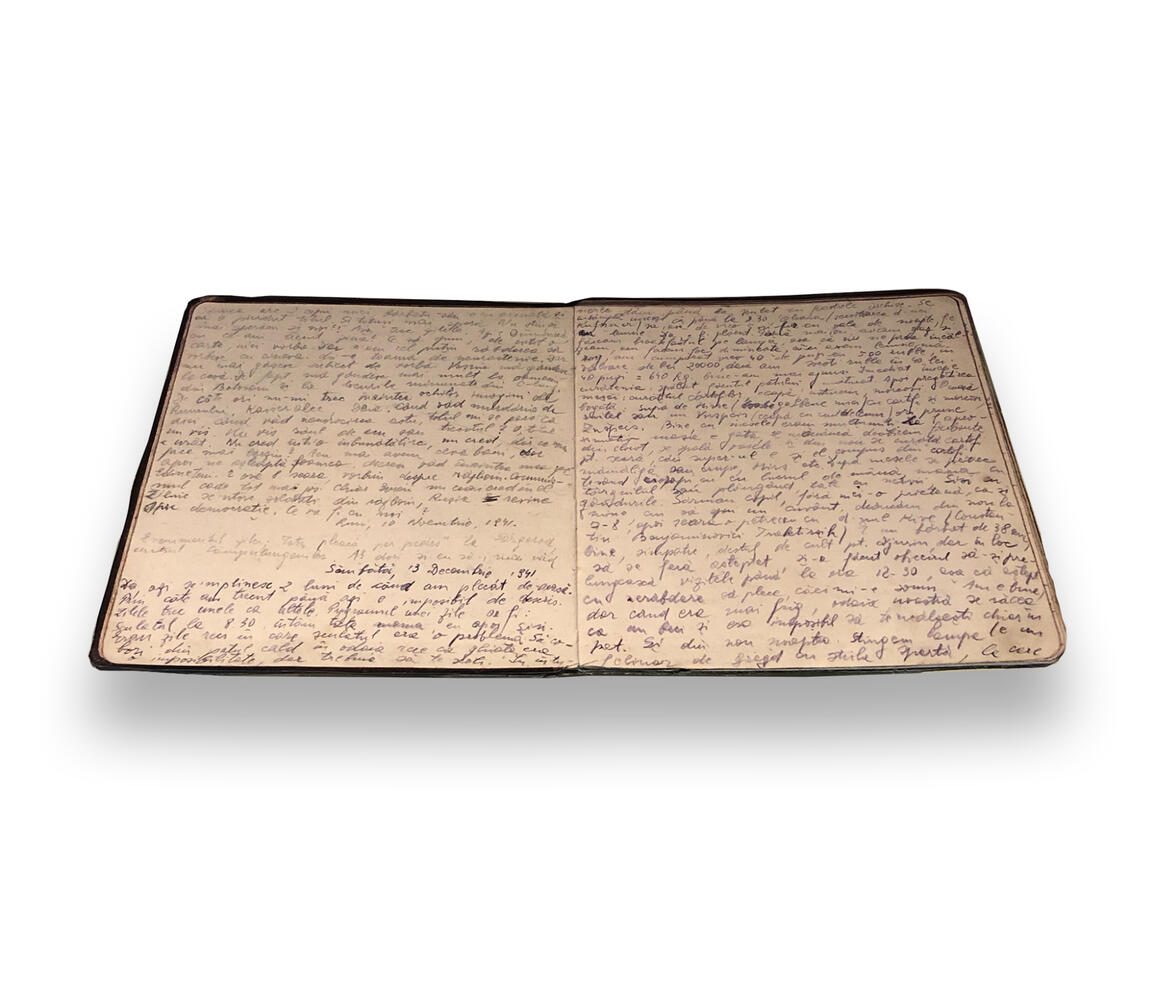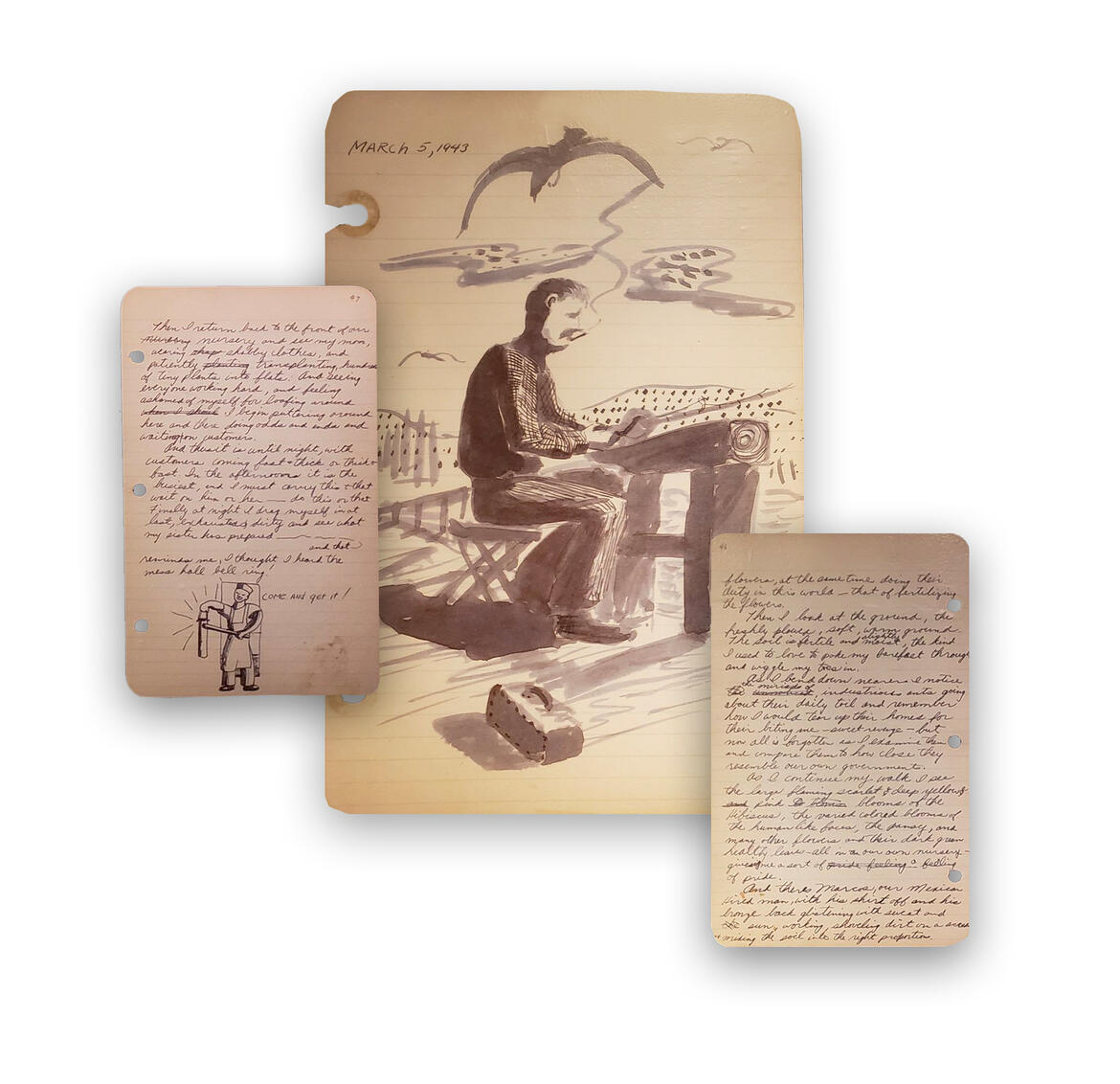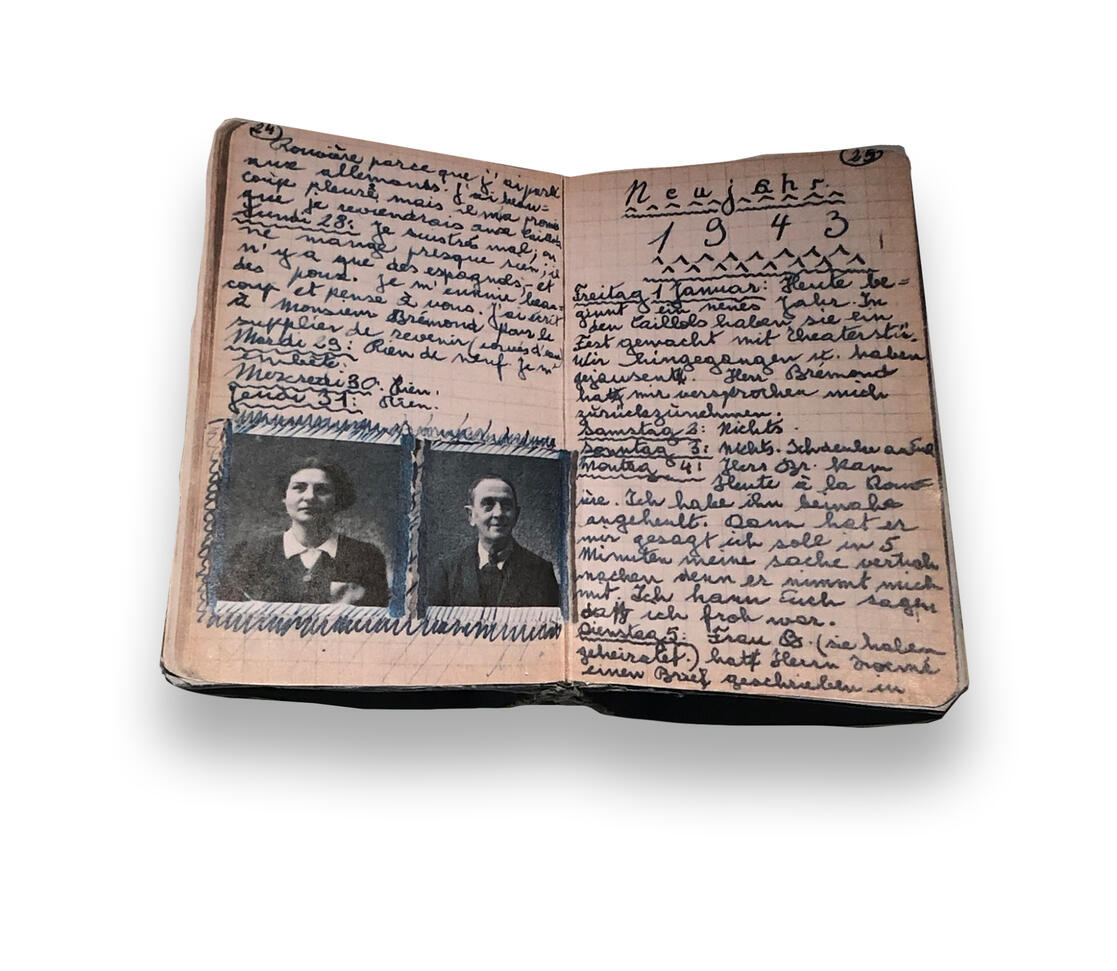And Still I Write introduces museum visitors to young writers who made a mark on history by keeping diaries during times of upheaval. We will use best practices in museum, Holocaust and human rights education to help middle and high-school students, educators, and families explore the exhibition’s themes and inspire them to engagement and action.

The purpose of the Diaries Institute is to engage students of all backgrounds by sharing young people’s written accounts of their own experience of war, genocide, and mass atrocity.

We honor the writers by recognizing them as valuable and legitimate documentarians of their own times

Our goal involve the educators and students by encouraging young audiences to grapple with the human, moral, and ethical dimensions of young people’s experiences in war and genocide.
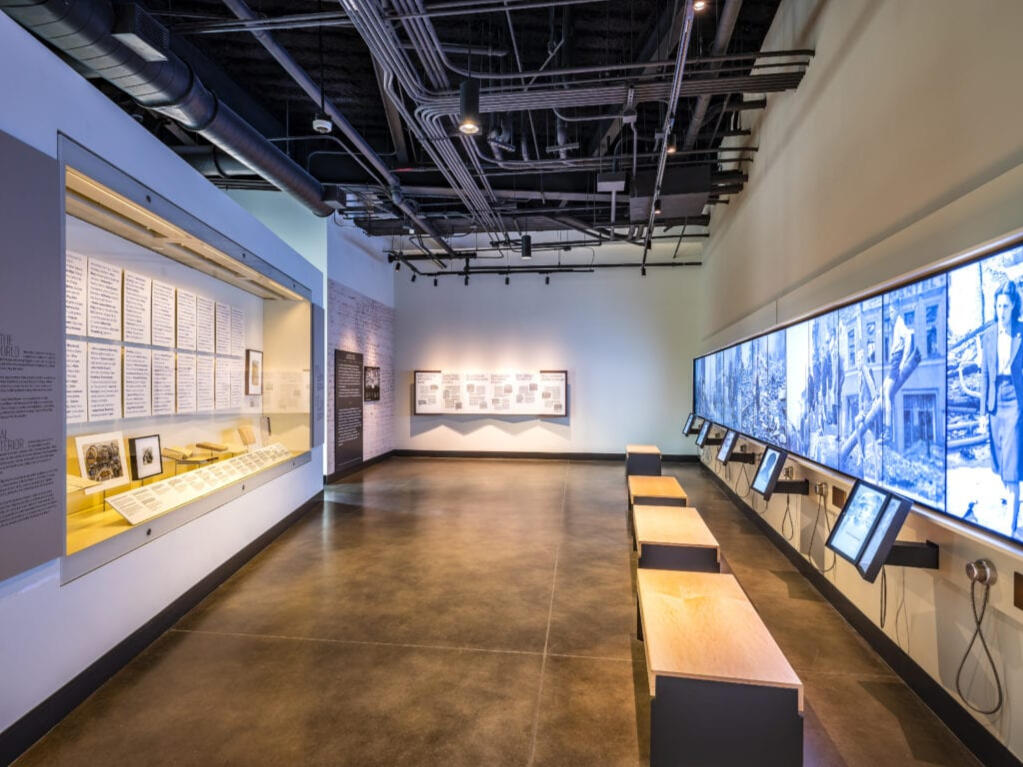
ABOUT THE EXHIBIT
"And Still I Write"
Young Diarists on War and Genocide
The Rhona and Bruce Caress Gallery features six interactive diaries stations with 12 diarist stories rotating between them to educate visitors about the very personal stories of the Holocaust, as well as the existing dangers of hatred, prejudice, and apathy. Students are to access and utilize these electronic diaries, providing them with the unique use of interactive, experiential technology. In addition, the Gallery will include a historical exhibit on Anne Frank.Working with renowned diary expert Alexandra Zapruder and using numerous digital resources, the exhibit space opens doors of inquiry to visitors of all ages, engaging them while evoking reflection and care.This curriculum has activities for before, during and after a visit to this gallery. Visiting the gallery will allow teachers to extend a unit of study on the Holocaust, World War II or modern day genocides and other turbulent times. Because the gallery incorporates voices of those near the same age as student visitors, the students are encouraged to allow these experiences to be connected to their own lives. Students are presented with primary sources and grapple with how the emotions and daily life of those affected deepen how we understand history. Students can consider how they themselves can create a record of their life and predict how future historiography could use their points of view. In a turbulent time such as today, being reminded of an individual’s importance and power has never been more important. It is through collective individual action that a community can combat hatred, prejudice and apathy.
UNDERSTANDING THE CURRICULUM
Creating An Immersive Learning Experience
Creating a Rationale for Your Teaching about the Holocaust and Other Turbulent Times
A unit of study based on the history of the Holocaust and other turbulent times faces the same questions and often more. Though the Holocaust is addressed in the education standards of most states, a successful unit of study will be one in which the teacher can answer those questions. Holocaust Museum Houston hopes the following will help you, as the teacher, prepare your answers to those questions and others that arise so that you have a rationale for teaching the Holocaust and other turbulent times.Education is the process of discovery. During the Holocaust, social, religious, moral and legal systems failed in deterring the dangers of prejudice, apathy and hatred. Education engages students in critical thinking and self-reflection, through which they can make essential connections between history and the contemporary moral choices they confront in their lives. Units that are based around the history presented in this gallery space provide a pathway for students to confront their present concerns involving loyalty, peer pressure, scapegoating, labeling, conformity and belonging. By studying the past to understand the present, students learn that human beings possess the power to control their behavior. Students become aware of the importance and consequences of making choices, realizing that one person can make a difference by being an upstander. This allows students to examine what it means to be a responsible citizen, both locally and globally.
A rationale for a unit of study is much like vision and mission statements in that it relates your goal or purpose to an audience. The following are the significant statements that guide Holocaust Museum Houston:
Vision Statement
We envision a society that transforms ignorance into respect for human life, that remembers the Holocaust, and reaffirms an individual’s responsibility for the collective actions of society.
Mission Statement
Holocaust Museum Houston is dedicated to educating people about the Holocaust, remembering the 6 million Jews and other innocent victims and honoring the survivors’ legacy. Using the lessons of the Holocaust and other genocides, we teach the dangers of hatred, prejudice and apathy.
Public Value Statement
Holocaust Museum Houston builds a more humane society by promoting responsible individual behavior, cultivating civility, and pursuing social justice.
THE CURRICULUM DIVIDED BY
YOUR VISIT TO THE MUSEUM
In continuing to provide educators and students an immersive learning opportunity, we have separated some of the lessons and materials in the curriculum by events surrounding your visit
TEACHING THE CURRICULUM
MATERIALS & RESOURCES
The following instructional materials provide the core information that students will utilize to experience, learn, and apply in this curriculum
ADDITIONAL ACTIVITY
DEEPER LEARNING
Through Close Reading of Diary Entries
Here is an additional activity to use before, during, or after a visit.
It provides deeper learning through a close reading of diary entries.
WHO ARE THEY?
THE DIARISTS
The collection of diaries was written by young people under different conditions, including the Holocaust and other traumatic events, such as war and genocide. Some of the writers were refugees, others were hiding or passing as non-Jews (during the Holocaust), some were imprisoned in ghettos, and some perished before they could be freed.

Anne Frank / Amsterdam, Holland (born June 12, 1929)Though born in Frankfurt, Anne’s family sought refuge in Holland when the Nazis came to power in Germany. Nazi Germany invaded Holland in 1940, though life for the Frank family continued nearly normally until July 1942, when Margot (Anne’s sister) was placed on a deportation list. The family went into hiding and were joined by the Van Daan family (Anne fell in love with their son Peter), and later by Albert Dussel. Four people helped them, bringing food, news and other needed supplies. On Aug. 4, 1944, the Gestapo arrested the eight Jewish people who were hiding in the “Secret Annexe.” Anne would be sent to Westerbork, Auschwitz and finally Bergen-Belsen, where she died along with her sister from typhus in March 1945.
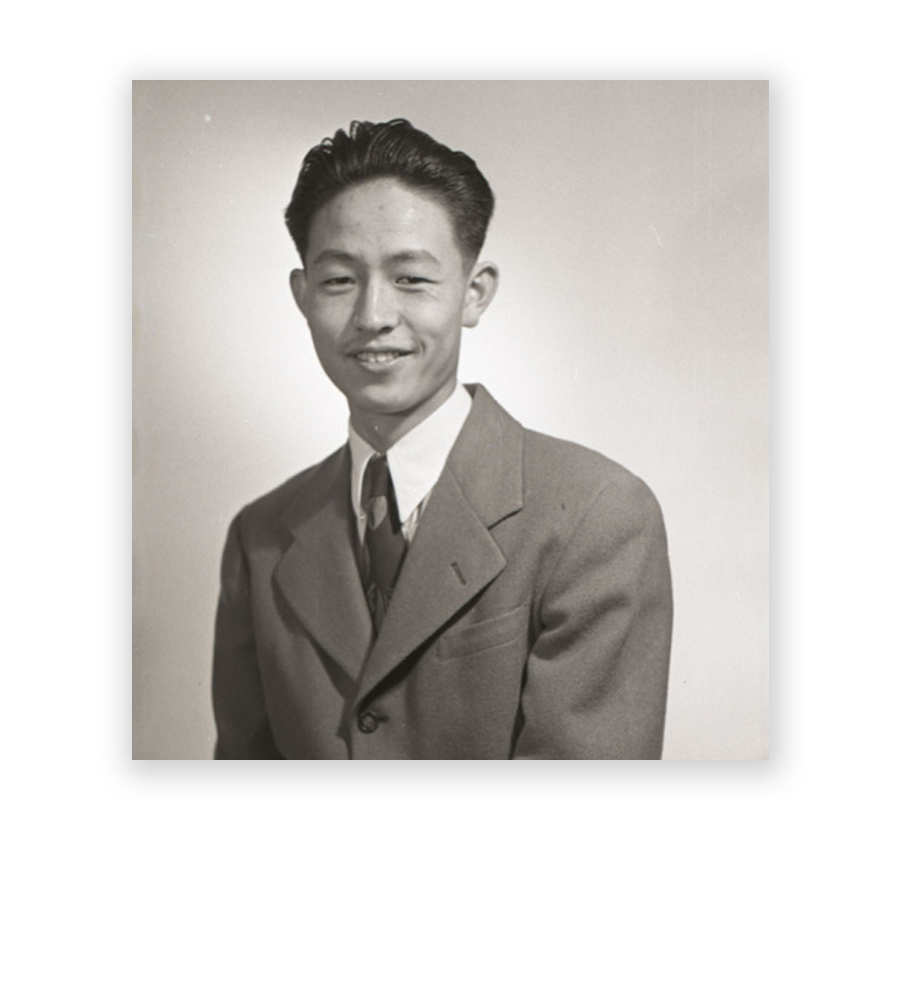
Stanley Hayami / United States (born December 23, 1925)Stanley began his diary while in Heart Mountain, a War Relocation Authority camp in Wyoming. It reflects on the difficulties of life in a camp that was hastily built and inadequate for the basic needs of those who were imprisoned within them. Stanley lived in one room with his family of six. In addition to his diary, there are letters that complete his experiences as he was drafted into the military and began service in France and Italy. He was killed in action on April 23, 1945 in Italy.
**Nadja Halilbegovitch / Sarajevo, Bosnia (born July 29, 1979) **Nadja’s diary documents the siege of Sarajevo between 1992-1995. She was wounded at the age of 13. Her diary has led her to be called the “Bosnian Anne Frank.” war broke out when she was 12. She was wounded by a bombshell a year later in 1992. Halilbegovich began sharing her diary entries and reading her poems on the National Radio and was hired to host her own show called "The Music Box" that broadcast about the war from the perspective of a 13-year-old.

Hadiya / Mosul, Iraq (born June 3, 1989)Hadiya is the pseudonym for an Iraqi girl who wrote a blog as opposed to a diary, beginning during the occupation of her home city of Mosul by the US forces. Her father is a well respected doctor and her mother is an engineer. She has a married older sister with whom she is close - and Hadiya is a first time aunt to her niece, Aya, and later to her nephew, Ayman. But it is her grandfather that she reveres the most. Her blog reflects her time in school, visiting her grandparents and life with unreliable electricity, telephones and bombs and bullets near her house. Hadiya’s blog is online at http://iraqigirl.blogspot.com
**Miriam Korber / Bukovina, Romania (born 1923) **Miriam Korber's diary echoes many of the experiences of Jews from Eastern Europe, it was written in Romania, the only independent ally of Nazi Germany and the only one to initiate the genocide of its own Jewish population. Throughout the 1930s, a succession of Romanian leaders aggressively implemented a series of legal, economic, and social restrictions against the Jewish population. Liberated by the Soviet army, Miriam and her immediate family survived the war and returned to Romania. Many members of her extended family perished during the Holocaust.
**Elisabeth Kaufmann / Paris, France (born March 7, 1924) **Elisabeth began her diary while a refugee in France, and it reflects on the difficulties of being a refugee and the rise of xenophobia in France. Her family had fled to France after the Nazis annexed Austria in March 1938. The invasion of France by Nazi Germany in the spring of 1940 led Elisabeth and her mother to flee to the south of France. After having been an au pair for the family of Pastor André Trocmé in Le Chambon Sur Lignon. Elisabeth was told to go to Lyons as visas had come through for the United States. Her family immigrated to the United States, arriving there in early 1942.
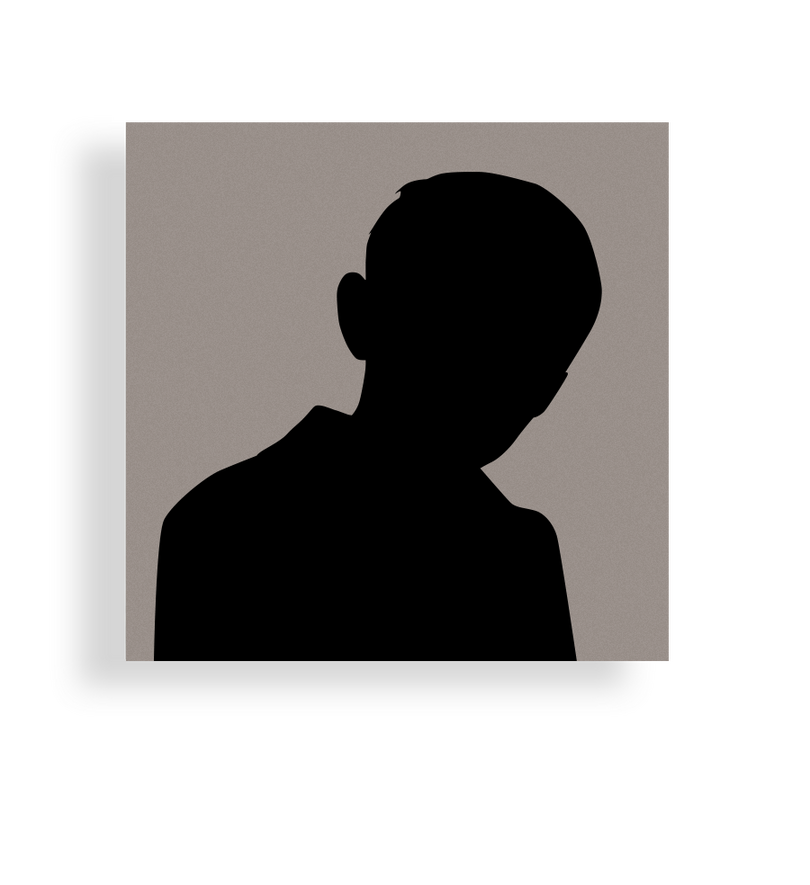
**Petr Ginz / Terezin Ghetto, Czechoslovakia (born Feb. 1, 1928 **Petr Ginz and his sister Eva Ginzová were classified as mischlinge by the Nazis when they took control of Czechoslovakia in 1939. His family was separated during the war, with Petr being deported to the Terezin ghetto in October 1942. Petr’s diary is not in the form of a narrative; instead, it is composed of two parts: “plans” and “reports” relating to his goals and the meeting of those goals, each month. Petr was the editor of and contributor to the magazine created by the boys of Home 1, Vedem . In September 1944, Petr and his cousin Pavel were placed on a transport to Birkenau. Petr was murdered in the gas chambers upon arrival.

**Yitskhok Rudashevski / Vilna Ghetto, Lithuania (born Dec. 10, 1927) **After the Molotov-Ribbentrop pact, Lithuania was annexed by the Soviet Union in 1940. In June 1941, the Germans invaded the Soviet Union and established a ghetto in Vilna three months later. Yitskhok’s diary covers the intellectual and cultural life of the ghetto’s youth, including efforts by the young people to record the ghetto’s history and folklore. His diary reflects on the mass executions that were happening in Ponar (a nearby forest). When the Nazis moved to liquidate the ghetto, Yitskhok and his family went into hiding, but were discovered within two weeks. They were taken to the Ponar forest outside of Vilna, where they were shot and killed.

**Alice Ehrmann (later Alisa Shek) / Terezin Ghetto, Czechoslovakia (born May 5, 1927) **Alice did not have a Jewish upbringing, but she later recalled she “always knew that she was Jewish.” She was classified by the Nazis as mischlinge of the first degree (mixed race as her father was Jewish and her mother was a non-practing Catholic)and deported without her parents to Terezin on July 13, 1943, though her diary begins in October 1944. She reflects on the many events in Terezin: the deportations of people to Auschwitz even with the arrival of more people into the ghetto, the visit by Red Cross officials, the trains that came from Auschwitz near the end of the war and liberation. Alice and her sister returned to Prague in mid-June 1945.
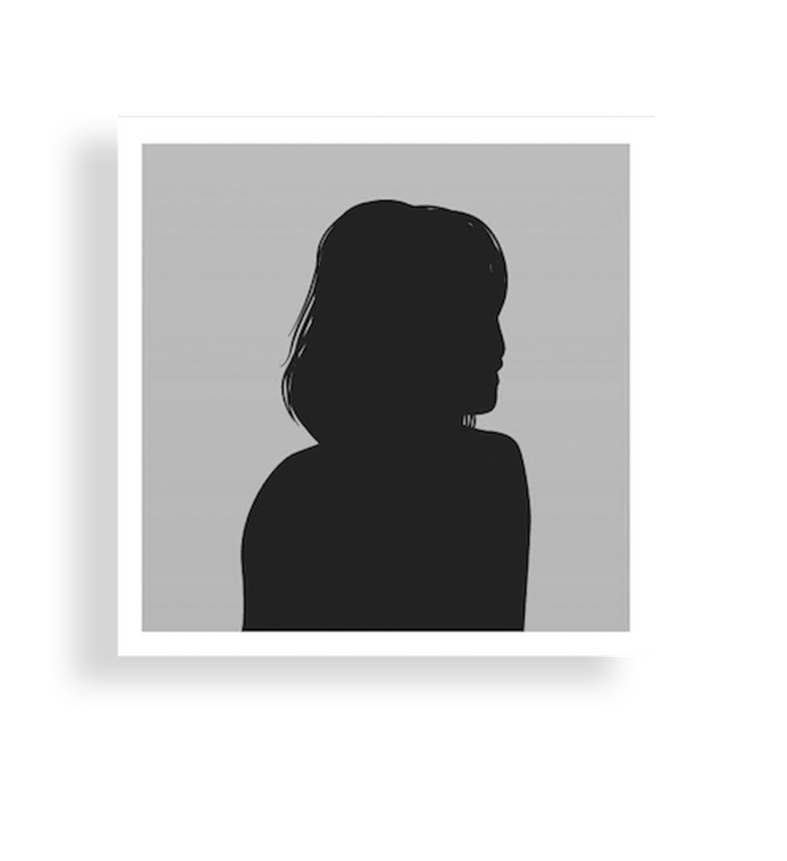
**Ilya Gerber / Kovno Ghetto, Lithuania (born July 23, 1924 **Ilya was 15 when World War II started. The terms of the Moloto-Ribbentrop pact placed Lithuania in the Soviet Union’s hands and they annexed it as a Soviet republic in 1940. After breaking the pact, the Germans came to occupy Kovno in June 1941, beginning mass shooting operations almost immediately as well as establishing a ghetto on July 10th. In August 1942, Ilya began writing the third notebook of his diary in Yiddish. It is clear that his family was among the small “privileged” class of the ghetto due to their connections. Ilya’s father was a well known music teacher. His diary is filled with contradictions of accepting what these family connections allowed for him, criticizing the existence of privilege and acknowledging the worst of the ghetto conditions.
**Edward Niesobski / Ostrów, Poland (born 1923 **Edward was a member of the Polish Scout Movement, an organization that promoted the nation’s independent spirit. He began his diary on September 1, 1939, when Nazi Germany invaded Poland. He maintained a diary throughout the war but much of his work with the Polish Underground was not able to be recorded. He was arrested and executed by a German firing squad on July 19, 1944.
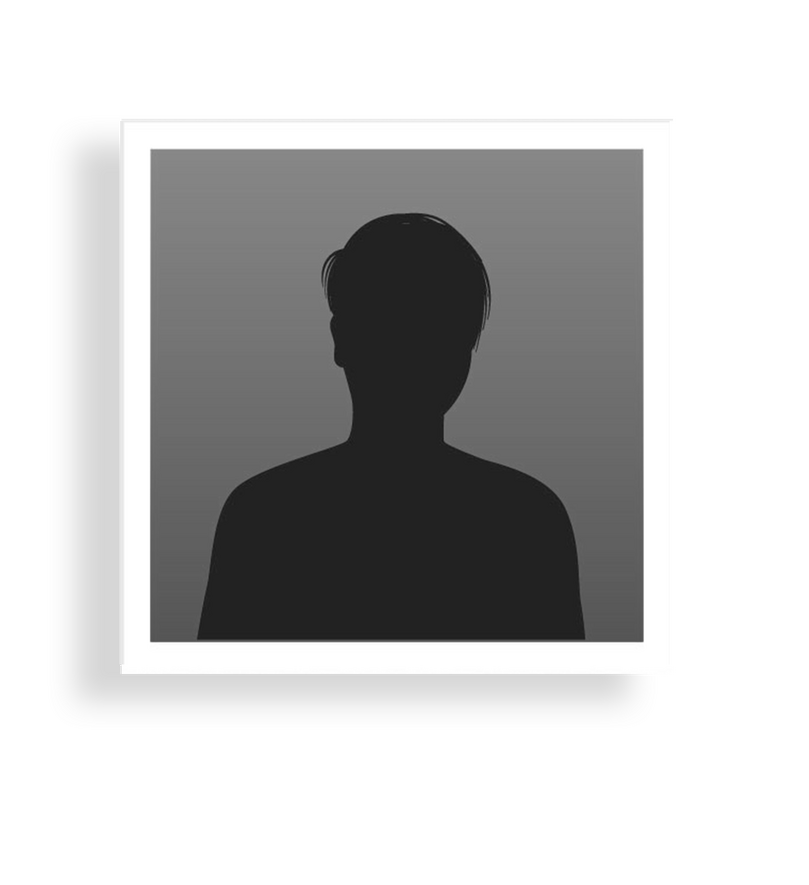
**Anonymous Boy / Lodz Ghetto, Poland (date of birth unknown) **This diary was written in the margins and end pages of a book in the spring and summer of 1944. At the time of these writings, the Lodz ghetto was the only Jewish ghetto still standing in occupied Poland. The diarist writes of his father, who died from starvation in the ghetto, and his sister. The diarist was fluent in four languages - Polish, Yiddish, Hebrew and English - and moved between them with ease. The ghetto had several deportations in 1942, notably to the killing center of Chelmno, but in August 1944 the final deportation occurred with almost all of the surviving inhabitants of the ghetto being sent to the killing center Auschwitz-Birkenau. Nothing specific is known of the fate of this diarist, though it is believed he and his sister perished. The diary itself was found after the war and donated to Yad Vashem.
THE EXHIBITION
And Still I Write
Young Diarists on War and Genocide
The Exhibit, Its Features, and History
In Nazi Europe, Jewish teenagers wrote in worn notebooks. Far away in America, young people in Japanese internment camps did the same. Decades later, it was children in war-time Sarajevo. More recently, in Iraq and Syria, young writers typed their accounts instead, transmitting messages secretly or posting anonymously on social media. Times change, but the impulse to mark our place in the world endures.And Still I Write: Young Diarists on War and Genocide highlights the diaries of young people who wrote during war and genocide. In them, the writers plead to be heard. Their diaries stand as valuable historical documents and remind us that the young have much to say if we are willing to listen.Working with renowned diary expert Alexandra Zapruder and using numerous digital resources, the exhibit space opens doors of inquiry to visitors of all ages, engaging them while evoking reflection and care.
The Rhona and Bruce Caress Gallery features six interactive diaries stations with 12 diarist stories rotating between them to educate visitors about the very personal stories of the Holocaust, as well as the existing dangers of hatred, prejudice, and apathy. Students are able to access and utilize these electronic diaries, providing them with the unique use of interactive, experiential technology. In addition, the Gallery includes a historical exhibit on Anne Frank.
The Exhibit Includes:
- Soundscape
- Mural with 12 scenes related to the periods of the diaries
- 6 interactive stations
- Artifact Case
- An Anne Frank Exhibit
- And the interactive "Join the Conversation" Room
THE EXHIBITION'S
ARTIFACTS
Diary of Anonymous Boy, Lodz ghetto
MAY 1944 - AUGUST 1944
A young man whose name is unknown wrote a diary in four languages (English, Polish, Yiddish, Hebrew) in the margins of a French novel during the final months of the Lodz ghetto.
Diary of Miriam Korber, Djurin ghetto, Transnistria
OCTOBER 1941 - OCTOBER 1943
Miriam Kober, age 18, and her family were forced from home by Romanian fascist authorities and exiled to the Djurin ghetto in Transnistria. She wrote her diary over a two-year period there.
Diary of Elizabeth Kaufmann, France
1940
Elizabeth Kaufmann, age 15, wrote her diary as an Austrian refugee, first living in Paris and fleeing south with her mother as the Germans invaded and occupied France.
Diary of Stanley Hayami, Heart Mountain, Japanese Internment Camp
1942 - 1943
In November of 1942, Stanley Hayami began keeping a diary that captures the harsh reality of living in a concentration camp at Heart Mountain in Wyoming, and his personal struggles as a student, son, brother, friend, and citizen of the world, who despite all obstacles, holds onto his dreams of the future.
Appendix
“25 Facts About the Holocaust”
For an overview of key facts about the Holocaust
Glossary of Places
● Auschwitz-Birkenau: The largest and most notorious concentration and labor camp, and killing center where more than 1.6 million were murdered; located near Oswiecim, Poland.● Babi Yar: A ravine near Kiev where almost 34,000 Jewish people were murdered by German soldiers in two days in September 1941.● Buchenwald One of the first major concentration camps on German soil.● Belzec: Killing center located in southeastern Poland alongside a main railway line; between 550,000 and 600,000 Jewish people were murdered there.● Chelmno: First killing center to use gassing as a system of murder and first place located outside Soviet territory in which Jewish people were systematically killed as part of what the Nazis called the “Final Solution.”● Dachau: Himmler’s model concentration camp located outside Munich, opened March 20, 1933; initially designed to hold political prisoners.● Krakow ghetto: The ghetto in Krakow, Poland, where Oskar Schindler gave factory jobs to some Jewish people, thus saving them from deportation in March 1943.● Lodz ghetto: The ghetto in Lodz, Poland, completed in 1940, where more than 160,000 Jewish people were sent with many starving to death or were deported to Chelmno.● Mauthausen Hard labor and concentration camp located near Linz, Austria.● Majdanek: Killing center and concentration camp located in a suburb of Lublin, Poland where 360,000 people were shot, beaten, starved or gassed to death.● Shtetl: Small towns and villages in Poland and Russia which were made up mostly of Jewish people.● Sobibor: Killing center in the Lublin district of Poland where approximately 250,000 Jewish people were murdered via gassing.● Theresienstadt (a.k.a. Terezin): Transit camp and ghetto located near Prague, Czechoslovakia; used by the Nazis as the “model” concentration camp to deceive the world about the true nature of Nazi plans for European Jewish people. Theresienstadt is the German word for this camp; Terezin is the Czech word for this camp.● Treblinka: Killing center located in sparsely populated area near Treblinka, Poland; approximately 870,000 Jewish people were murdered here.● Warsaw ghetto: Largest ghetto in Poland covering 100 square blocks where approximately 500,000 Jewish people were contained from 1939 until May 1943.Glossary of Jewish Faith Terms within the Diaries● Havdalah: The service marking the end of Shabbat (Sabbath) on Saturday at sunset.● Kaddish: Prayer for the dead.● Kiddish: Sanctification, blessing over wine.● Mezuzah: A religious object on the door frame of Jewish homes or synagogues to sanctify them.● Mizrah: Means sunrise or east; a decorated plate hung on the eastern wall of a house or synagogue to indicate the direction of Jerusalem.● Rosh Hashanah: The Jewish New Year begins the High Holy Days and a time of reflection and soul searching.● Shabbat: The Sabbath day, beginning at sunset on Friday and ending at sunset on Saturday.● Synod: Church council● Tallis: Shawl worn by men during prayer.● Tefillin: Small boxes containing four scriptural passages worn during daily morning prayers, except on Sabbaths and festivals.● Torah: The first five books of the Hebrew Bible.● Wimple: Made from swaddling cloth, embroidered with the child's name, birthday, and a blessing; used to wrap the Torah scroll on the boy's first trip to synagogue with his father.● Yom Kippur: Day of Atonement and a time for repenting and fastingGlossary of Japanese American Terms within the Diary● Issei: First generation of Japanese who immigrated to the U.S. They were not allowed to become naturalized citizens.● Kibei: American born Nisei who were sent to Japan to be educated and then returned to the U.S. As a result of having spent time in Japan they were often suspected of being pro-Japanese.● Nikkei: Name for all people of Japanese ancestry in the U.S.● Nisei: Second generation of Japanese who immigrated to the U.S. As they were born in the U.S., they were citizens of the U.S. Universal Declaration of Human Rights
References and Additional Resources
Books & Text
